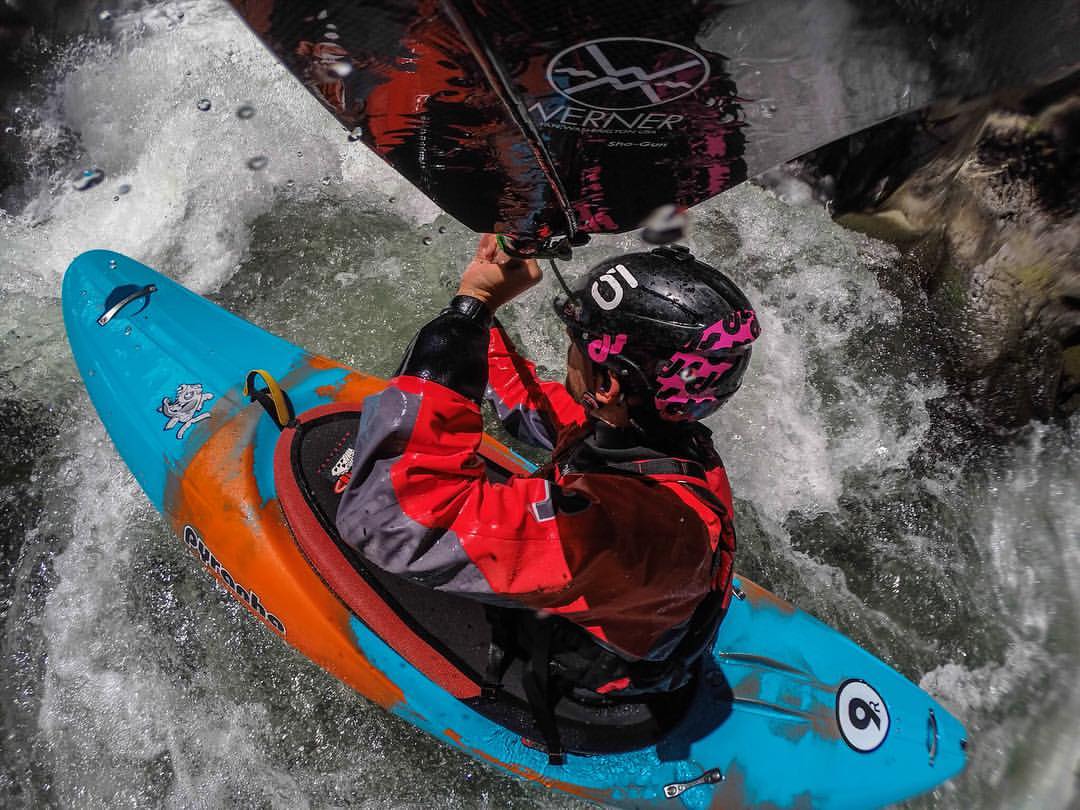If you search “river raft trip packing” - you’ll likely come across a ton of packing lists. But what you won’t often find is how to pack for your overnight trip.
Since we’ve been down the river a few times, CKS Online's Victoria Ohegyi shares some tips and tricks to make packing and unpacking easier.
How to Pack your Stuff on an Overnight River Trip
- Invest in a duffel drybag
- Put items you really want to keep dry in separate sacks
- Separate your really important items
- Bring a tarp or a Sand Mat
- Ducttape is Key
Invest in a duffel drybag
They’re just better. Bill’s Bags are durable and less expensive, but holding a massive 110L or 65L bag upright while rifling through it trying to find your toiletry bag sucks. Solution? Get a duffel bag. These open on the longest dimension (horizontally?) and make it easy to find exactly what you’re looking for – because you can see it all immediately in front of you instead of staring into a deep dark pit of a Bill’s Bag
 |
||
NRS Expedition DriDuffle Dry Bag |
Watershed Chattooga Dry Duffel |
Put items you really want to keep dry in separate sacks
I have a few Sea To Summit Lightweight Dry Sacks that I like to put my dry camp clothes in. I do this for two reasons.
- In case my dry bag fails or somehow gets wet, my dry clothes will stay (mostly) dry.
- When arming my way through my larger drybag, I only have to find my dry sack with my clothes in it to get what I want quickly.
I usually keep coats and other bulky items out of these dry sacks - it’s mostly leggings, underwear, socks, and an extra shirt. Just remember, dry sacks aren’t a replacement for dry bags.
Separate your really important items
On a long river trip, I like to have three things to carry my personal items.
- A daypack for my days needs which include sunglasses, sun screen, snack, an extra layer, hat, and phone if I feel like taking pictures.
- An ammo can with my toiletries.
- One large dry duffel that will fit my sleeping bag, camp clothes, and any other miscellaneous items.
If an item is extra important (for example: contacts or eyeglasses), I prefer to bring extras and split them between the things I carry. That way, in case one of my bags or ammo cans isn’t rigged correctly, I can still have the important things that I need to continue my trip. I’d recommend doing this with medicine, toothbrushes, and wool socks.
 |
 |
 |
||
Ammo Can 50 C |
Watershed Colorado
|
NRS Tuff Sacks |
Bring a tarp or a Sand Mat
After you de-rig the boats at camp, the first thing you’re going to want to do is get out of your wet clothes or drysuit. I like to carry a small tarp or Sand Mat in my large dry duffel. I will step on the tarp/pad to take off my drysuit without compromising the integrity of my dry socks (dry socks don’t like abrasiveness!).
Then, I will use my tarp/pad as a way to lay out the clothes or items I’ll need that night in camp without getting sand all over anything. Sand will get into every little corner but the more I minimize it, the happier I usually am.
Ducttape is Key
If you only choose to listen to one of my bits of advice, let it be this: Bring Duct Tape. I cannot tell you how many times ducttape has come in handy on river trips. This past fall, I accidentally (drunkenly) stepped on and broke my sunglasses during a layover on Lodore. Gates of Lodore is in the Utah desert so...it’s bright. Real bright. Duct Tape helped put my sunglasses back together and saved my sensitive eyes!





